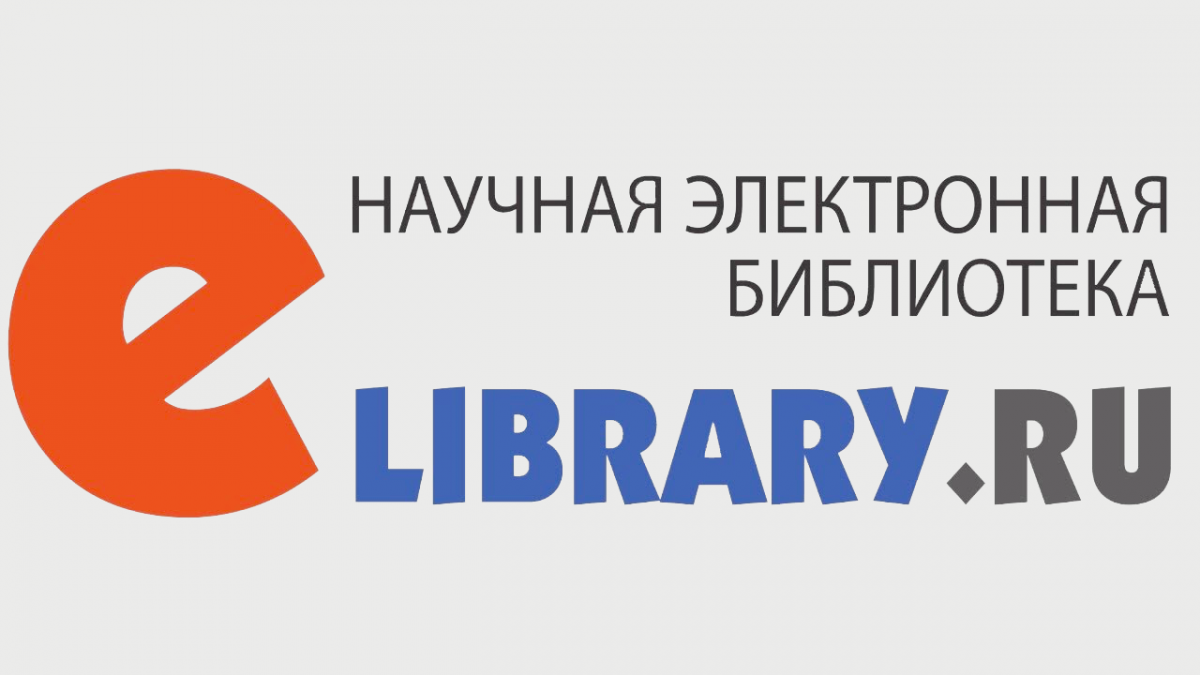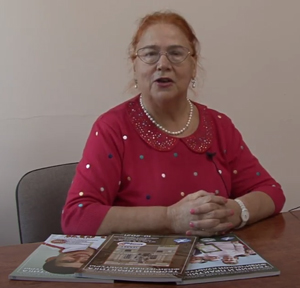Effects of motor activity on physical fitness of students with intellectual retardations
Фотографии:
ˑ:
E.V. Naumova1
PhD T.V. Fendel1
1Tchaikovsky State Institute of Physical Culture, Tchaikovsky
Objective of the study was to determine the effects of motor activity on physical fitness of the 8-10 year-old children diagnosed with a mild degree of intellectual retardation.
Methods and structure of the study. The study was conducted on the basis of correctional schools of the Perm region. Sampled for the experiment were 198 children of 8-10 years of age diagnosed with a mild degree of intellectual retardation. We conducted a quantitative and qualitative assessment of the children’s motor activity during the physical education classes and their physical fitness level.
Results of the study and conclusions. We detected a high level of negative correlation of increased motor activity of the children with the results of the control test "6-minute run". Almost equal correlation coefficients were obtained between the results of the control test "Standing long jump" and both the high and low levels of motor activity.
A similar picture was observed when the students performed the control test "Gymnastic bench waling". No statistically significant correlation was found between the levels of motor activity of the children with mild intellectual retardations and the results of the control test "Push-ups". There was a strong negative correlation between the results of the control "Romberg test", but only in the group of children with the high level of motor activity. It was difficult for the children with the low level of motor activity to complete the "Falling ruler" test.
The findings suggest that the level of motor activity of children with the mild degree of intellectual retardations is a factor determining the result of diagnosing the level of formation of their speed and coordination abilities, as well as endurance skills.
Keywords: adaptive physical education, children with intellectual retardations, correctional schools.
References
- Antipanova N.A., Datsko M.A. Osobennosti razvitiya detey s narusheniyami intellekta [Features of development of children with intellectual disabilities]. International Journal of Humanities and Natural Sciences. 2016. # 2. pp. 24-27.
- Ivinskiy D.V. Aktualnost eksperimentalnykh metodik dopolnitelnogo fizicheskogo vospitaniya uchashchikhsya spetsialnoy (korrektsionnoy) shkoly VIII vida [Relevance of experimental methods of additional physical education of students of special (correctional) school of VIII type].Vestnik Tambovskogo gosudarstvennogo universiteta. 2015. no. 2 (142) pp. 102-107.
- Kalmykov D.A., Deryabina G.I. Testovy kontrol razvitiya koordinatsionnykh sposobnostey detey s umstvennoy otstalostyu [Test control of development of coordination abilities of children with mental retardation]. Gaudeamus. 2017. no.3. pp. 38-43.
- Snesar N.N., Ponomarev V.V. Fizicheskoe vospitanie detey s narusheniem intellekta [Physical education of children with intellectual impairment]. Vestnik Krasnoyarskogo gosudarstvennogo pedagogicheskogo universiteta im. V.P. Astafyeva. 2011. no. 1. pp. 111-115.
- Snigur M.E., Vlasov V.V., Vlasov N.V. Korrektsiya razvitiya fizicheskih kachestv uchashchikhsya s narusheniem intellekta na osnove igrovogo metoda na urokakh fizicheskoy kultury [Correction of development of physical qualities of students with intellectual disabilities based on game method at physical education lessons]. Uchenye zapiski universiteta Lesgafta. 2017. no. 11 (153). pp. 23-238



